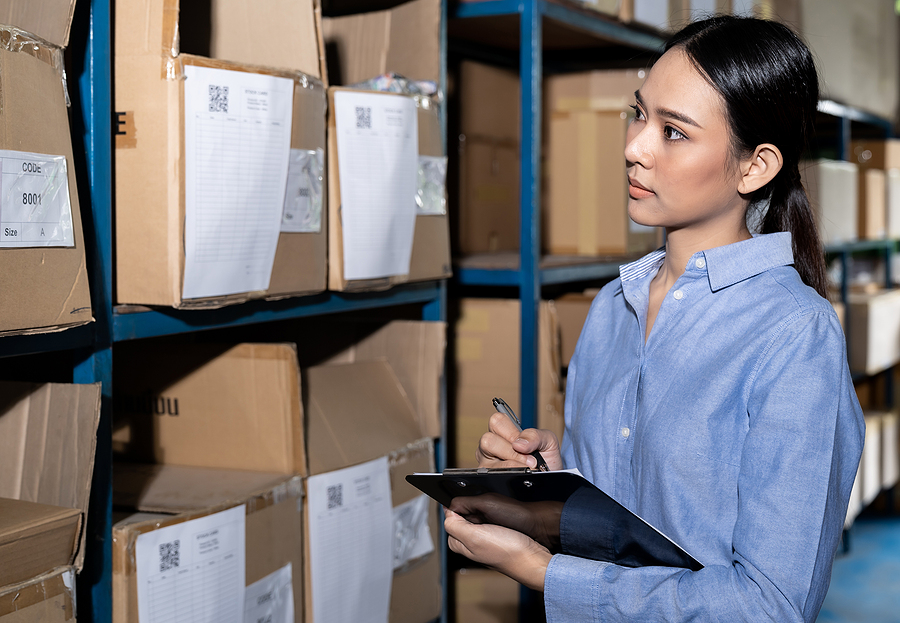Managing returns can be a daunting task for many businesses, yet it is a crucial aspect of customer satisfaction and operational efficiency. Reverse logistics, the process of handling returned items, plays a vital role in this area.
By optimising your reverse logistics process, you can turn potential losses into wins for both your business and your customers. Below are six invaluable tips to help you navigate returns smoothly and efficiently.
- Understand the Importance of a Clear Returns Policy
A clear, comprehensive returns policy is the cornerstone of effective reverse logistics. Customers appreciate transparency, and a well-articulated policy can help manage their expectations while simplifying the process for your team.
Ensure your policy is easily accessible and straightforward, detailing how returns are handled, the time frame for returns, and any conditions that apply.
- Invest in Quality Reverse Logistics Software
Investing in specialised software can streamline your reverse logistics process significantly. Look for solutions that offer features like automated returns management, real-time tracking, and data analysis.
These tools not only improve operational efficiency but also enhance customer satisfaction by providing them with timely updates and a hassle-free returns experience.
- Implement a Hassle-Free Returns Process
Simplifying the returns process for customers can encourage repeat business and improve brand loyalty. Consider options such as prepaid return labels, multiple drop-off points, and simple packaging solutions. A hassle-free process reduces the perceived effort and inconvenience for customers, making them more likely to shop with you again.
- Leverage Data to Minimise Returns
Analysing data from your returns can provide valuable insights into common issues and trends. Use this information to address the root causes of returns, whether they’re related to product quality, inaccurate descriptions, or shipping damages.
By understanding and acting on these insights, you can reduce the overall volume of returns and improve customer satisfaction.
- Focus on Sustainability
Sustainability is increasingly important to consumers, and reverse logistics offers a unique opportunity to demonstrate your commitment to environmentally friendly practices.
Consider implementing green initiatives such as recycling returned products, refurbishing items for resale, or using eco-friendly packaging for returns. These efforts not only benefit the environment but also resonate positively with eco-conscious customers.
- Develop Strong Vendor Relationships
Collaborating closely with your vendors can enhance your reverse logistics strategy. Vendors can provide support in terms of product quality control, return policies, and even handling the returns process directly.
Strong vendor relationships can lead to more efficient processes, reduced costs, and improved product quality, all of which contribute to a smoother returns experience.
Enhancing Your Reverse Logistics Strategy
Reverse logistics is more than just a necessary process for handling returns; it’s an opportunity to improve customer satisfaction, operational efficiency, and sustainability. By implementing these six tips, you can create a more effective and efficient reverse logistics system that benefits your customers and your business alike.
Remember, in the world of e-commerce, a smooth returns process can be just as important as the initial purchase experience.
Incorporating advanced reverse logistics solutions into your strategy can transform the returns process from a challenge into an opportunity for growth. For further reading on optimising your logistics operations, consider exploring articles on reputable logistics platforms. They often provide valuable insights and best practices that can further enhance your approach to reverse logistics and beyond.





